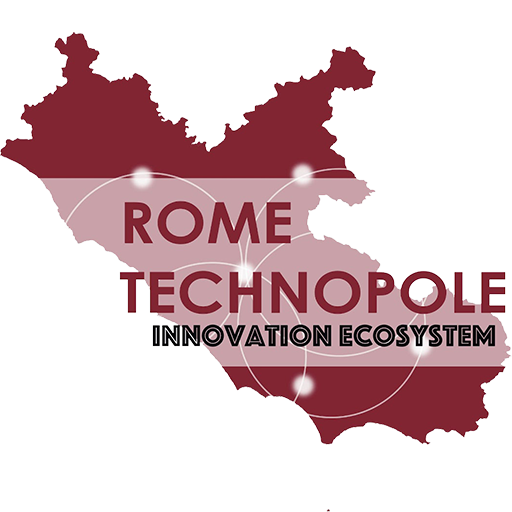Conferring of the first lot for the construction of Rome Technopole headquarters
Roma Capitale grants an area of about 7,500 square meters to Rome Technopole Foundation to build the headquarters of the multi-technology hub
The measure for the concession was presented on the morning of Thursday, October 19, 2023, by Mayor of Rome Roberto Gualtieri, Magnificent Rector Sapienza University of Rome Antonella Polimeni, Lazio Region Vice President Roberta Angelilli, Unindustria Vice President Alessandro Francolini, and Councillors for Urban Planning, Maurizio Veloccia and Heritage, Tobia Zevi.
📍The realization of the Technopole headquarters in the Pietralata area will contribute to the regeneration of a highly problematic urban area and will make it possible to create a European innovation hub with an international dimension, guiding Rome, and more generally Lazio, along paths of renewed competitive capacity and toward markets of strategic interest.
The Technopole will consist of 3 buildings and will be built in two phases:
- first lot (2,300 sqm) with PNRR funding (about 11 million euros) by Rome Technopole;
- second lot (5,300 sqm) with regional funds from the ERDF Regional Program 2021-26 (about 20,000 million euros) by Roma Capitale.
🌿All buildings will be characterized by the use of the most advanced technological solutions that will make them an example of “Zero Energy Building” and “Zero emission building”: energy self-sufficiency, circularity of resources in use, and the ability to contribute to the area’s path toward decarbonization and full climate neutrality. Energy will be produced entirely from renewable sources, through a combination of photovoltaics, innovative hydrogen systems for electricity, and from open-circuit geothermal energy.
1. The work on the first lot includes the construction of a building where the Rome Technopole Foundation headquarters will be located as well as classrooms and multimedia rooms and research laboratories, technology transfer areas and business incubator areas.
Specifically planned are:
- common areas and services, including representative areas;
- classrooms and multimedia rooms for educational and training activities; specifically, it is planned to build about 10 classrooms articulated into spaces with educational and training purposes adaptable to different needs over time;
- research laboratories, technology transfer areas and business incubators characterized by maximum flexibility and dynamic modulation through movable walls.
In the outdoor area, two parking lots are provided: one of which is pertaining to the subject building (within the dedicated lot); the other outside the lot itself, according to the provisions of the Detailed Plan. Within the mentioned parking areas, areas reserved for charging cars and electric vehicles and areas reserved for car-sharing are provided.
2. The second lot involves the construction of a complex consisting of two new buildings organized into: Common areas and services, including representative areas (about 30 percent of the total available space), Classrooms and multimedia rooms for teaching and training activities (about 11 percent of the total available space), Research laboratories, technology transfer areas and business incubators (about 59 percent of the total available space).




